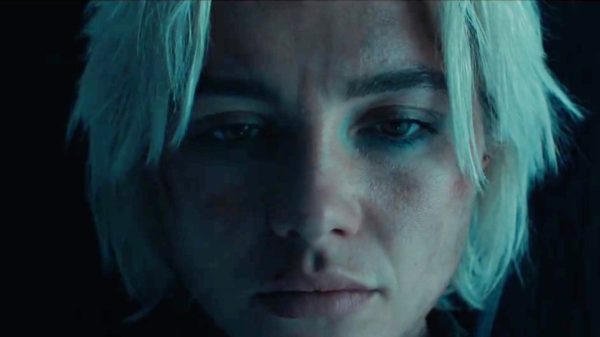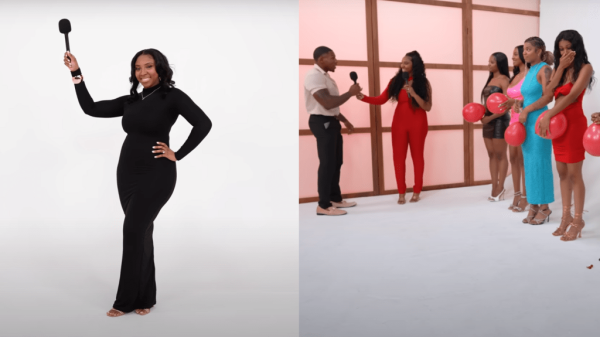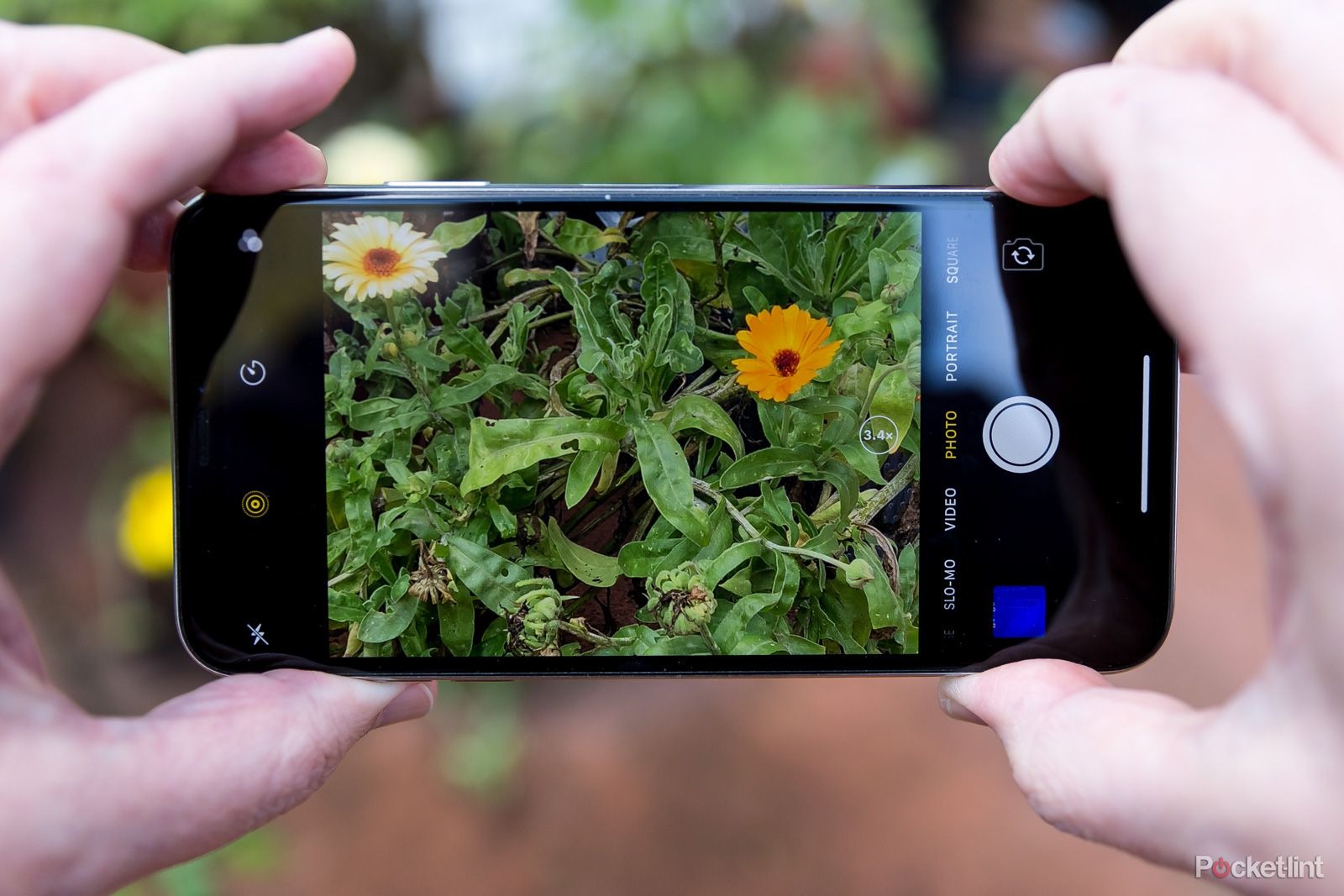Most people own smartphones today, and the camera on these devices has become a major part of how memories are preserved. While many users are aware of the basics, there are clever techniques that can improve how photos and videos turn out.
Whether someone wants better lighting, sharper focus, or more creative shots, there are ways to enhance camera performance using simple methods. These tricks do not require professional tools or complicated apps, just a bit of awareness and practice.

Catch the moment not the smudge (Photo: Alamy)
A smartphone camera may look like a tiny lens on the back of the device, but it can produce high-quality images when handled correctly. Even though some phones cost less and others cost more, results can still improve across all models with the right tricks. This piece shares useful camera ideas that can help people take better photos without buying new gadgets or enrolling in photography school.
Once these methods are applied regularly, the quality of phone photography will start to stand out. Whether it is a quiet evening sky, a birthday celebration, or a product photo for social media, each moment deserves to be well captured.
Clean the Lens Every Time Before You Start
It may sound too basic, but wiping the lens is one of the most important steps before taking any photo. Most people carry their phones in pockets or bags, where the lens can easily attract dust or smudges. A foggy lens affects clarity, and many users blame their phone camera without checking this simple issue. A soft cloth or the edge of a clean shirt can be used to gently wipe the lens.
Fingerprint marks and smudges can reduce sharpness and create glare in photos. Regular cleaning helps keep images crisp and bright. This step should be done every time before opening the camera app. Overlooking it can affect every other trick or adjustment, no matter how fancy.
Take Advantage of Grid Lines
Many smartphones come with a grid feature that divides the screen into nine equal parts. This setting helps guide photo composition through what is known as the rule of thirds. By placing the subject off-centre, instead of always in the middle, the image tends to look more natural and pleasing.
Turning on grid lines is usually found in the camera settings. Once it is enabled, aligning subjects with the horizontal or vertical lines helps maintain balance. This works well for outdoor scenes, portraits, and even food photography. Using the grid can also help with straightening the background, especially when capturing wide areas or buildings.
Make Good Use of Natural Light
Lighting plays a major role in photo quality, and natural light often works better than artificial sources. The best time to take pictures using sunlight is early in the morning or during the late afternoon. At these times, the sun is lower, and the light appears softer. This type of lighting prevents harsh shadows and reduces the chances of overexposure.
Positioning the subject so that the light touches from the side or front gives a pleasant effect. Backlighting can also work well, especially for silhouettes or dramatic looks. Using curtains, windows, or shaded spots outside can create different moods without needing extra equipment.
Try the Tap-to-Focus Option
Most phone cameras have a feature that allows users to tap on the screen to focus. Instead of letting the camera decide automatically, choosing the focus point manually gives better results. For example, when taking a portrait, tapping on the person’s eyes brings that part into sharper view.
This function also controls exposure slightly. If the photo is too bright or too dark, tapping different areas can help adjust the lighting. Practicing this technique helps users learn how to direct attention to important areas in the image.
Avoid Using the Digital Zoom
Zooming in with a smartphone often leads to blurry or pixelated photos because digital zoom simply enlarges the image without adding any extra detail. It is better to move closer to the subject if possible. This keeps the quality of the picture sharp and clean.

Angles and Perspectives (Photo: Shutterstock)
If moving closer is not practical, taking the photo from a distance and cropping it later often produces a better result. Zooming should only be used if the phone has optical zoom, which maintains detail while enlarging the view.
Use Burst Mode for Moving Subjects
Capturing motion can be tricky, especially during sports events, children playing, or animals running. Burst mode takes multiple photos quickly by holding down the shutter button. This increases the chances of getting one clear and well-timed image.
After taking several shots, users can scroll through and pick the one with the best timing. This is helpful during fast moments when it’s hard to press the button at the exact second. Burst mode is available on most smartphones and should be used anytime movement is involved.
Experiment with Angles and Perspectives
Changing the position of the phone can make a big difference in how the photo turns out. Instead of always taking pictures from eye level, users can lower the camera close to the ground or raise it above their heads. Angles from the side or corner also bring out depth and creativity.
This method is useful for nature shots, fashion images, and architectural scenes. Taking the same subject from several positions helps decide which version looks best. Trying different viewpoints brings variety to the photo collection and may reveal better compositions.
Control the Exposure Manually
Many phone cameras allow users to control brightness by sliding a bar after tapping the focus point. This gives more control, especially when shooting against the light or in dark rooms. Adjusting exposure before taking the shot prevents over-editing later.
Lowering the brightness slightly can create a more dramatic feel, while increasing it works for poorly lit areas. Learning to adjust this setting helps maintain balance in both light and dark situations. It also helps avoid situations where parts of the photo look washed out.
Use Reflective Surfaces Creatively
Mirrors, water, and glass can create reflections that add interest to photos. Positioning the phone in such a way that it captures both the subject and its reflection creates a double effect that stands out. This works especially well for portraits, buildings, and artistic images.
Rain puddles, shiny tables, or even car windows can be used to create this effect. Paying attention to lighting while doing this is important because too much brightness can overpower the reflection. A calm hand and patience can help bring out the best of this technique.
Try Using a Tripod or Makeshift Support
Holding the phone steady is important for sharp images, especially in low light. Using a small tripod helps keep the phone still and improves photo quality. For those who do not own a tripod, resting the phone on a table, stack of books, or other steady objects also works well.
Using the timer option helps reduce movement further, as it avoids the need to press the button manually. This approach is useful for night photography, long exposure shots, and group pictures where the photographer also wants to appear in the frame.
Use Portrait Mode with Caution
Portrait mode creates a blurred background effect that mimics professional cameras. While this feature works well for headshots, it does not suit every situation. Using it too often can make photos look artificial, especially when the edges of the subject are not well detected.
Before using portrait mode, check the lighting and make sure the subject is clearly separated from the background. This reduces the chances of the blur appearing unnatural. Testing both normal and portrait modes for the same scene helps decide which one looks better.
Turn on High Dynamic Range (HDR) When Needed
HDR helps balance very bright and very dark parts of a photo. This setting is useful when taking pictures of landscapes, rooms with windows, or anything with strong contrast. By combining several images taken at different exposures, HDR keeps details in both shadows and highlights.

Better lighting starts with a clean camera (Photo: Getty Images)
However, HDR should not be used all the time. For fast-moving subjects, it may cause a slight blur. It works best when the phone is steady and the scene does not change quickly. Knowing when to turn it on can make a big difference in the final photo.
Edit With Care After Taking Photos
Post-processing can improve a photo, but too much editing often spoils the natural look. Most phones come with built-in editing tools such as brightness, contrast, saturation, and sharpness adjustments. Using these lightly helps bring out the best parts of the image.
Free apps also offer filters and correction tools, but they should be used with caution. Over-filtered photos often look fake. The goal is to enhance, not hide the original scene. Practicing restraint with editing maintains a more authentic look.
Try Using Remote Shutter Tools
Wireless shutter devices allow the user to take photos without touching the phone. These tools are useful for group photos, long exposure shots, and situations where pressing the screen may cause movement. Some earphones and smartwatches also have this function.
This option provides more freedom in framing shots from a distance. It also reduces camera shake, which helps keep images clear. For anyone interested in more creative setups, a remote shutter can improve both comfort and results.
With these simple adjustments and habits, smartphone users can improve their photography results. It does not require expensive tools or professional training to achieve better images. Just paying closer attention to how photos are taken, and using the options already built into most devices, can raise the standard of every photo session.
























